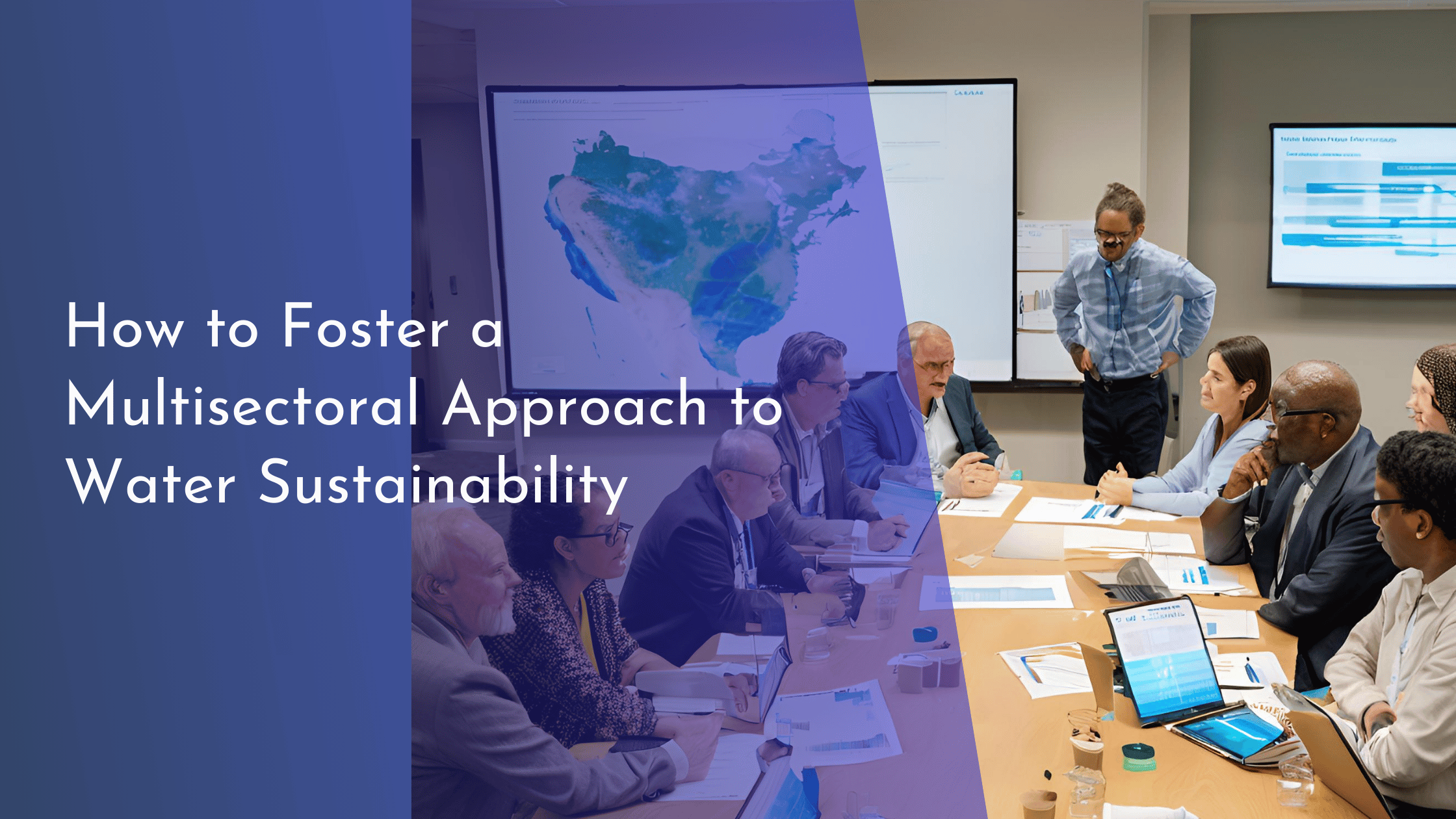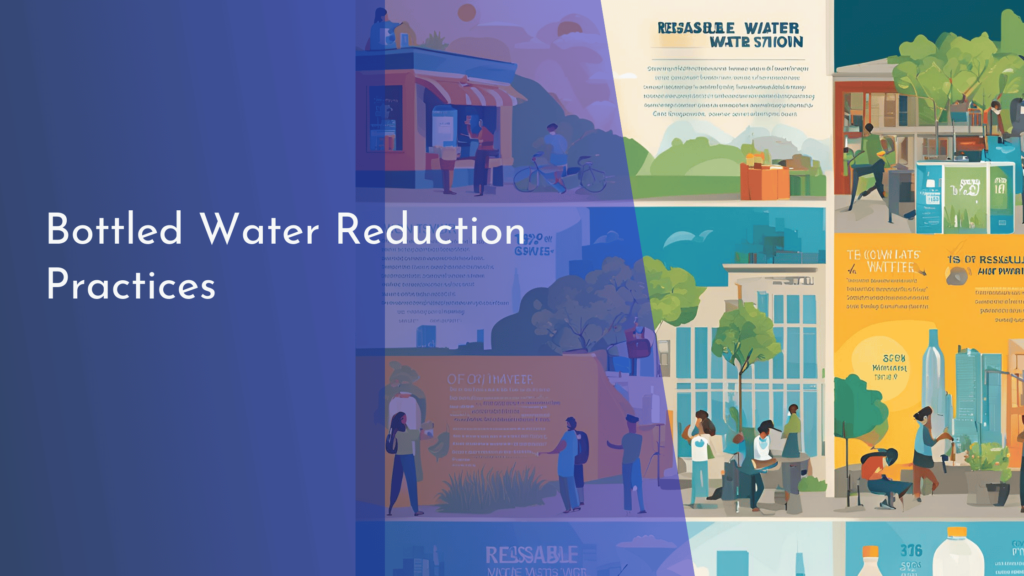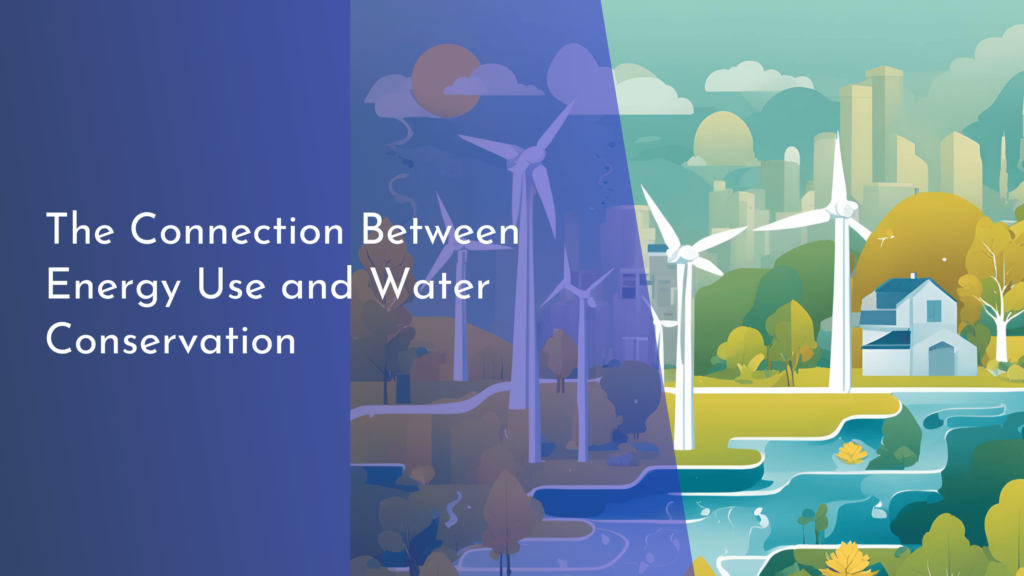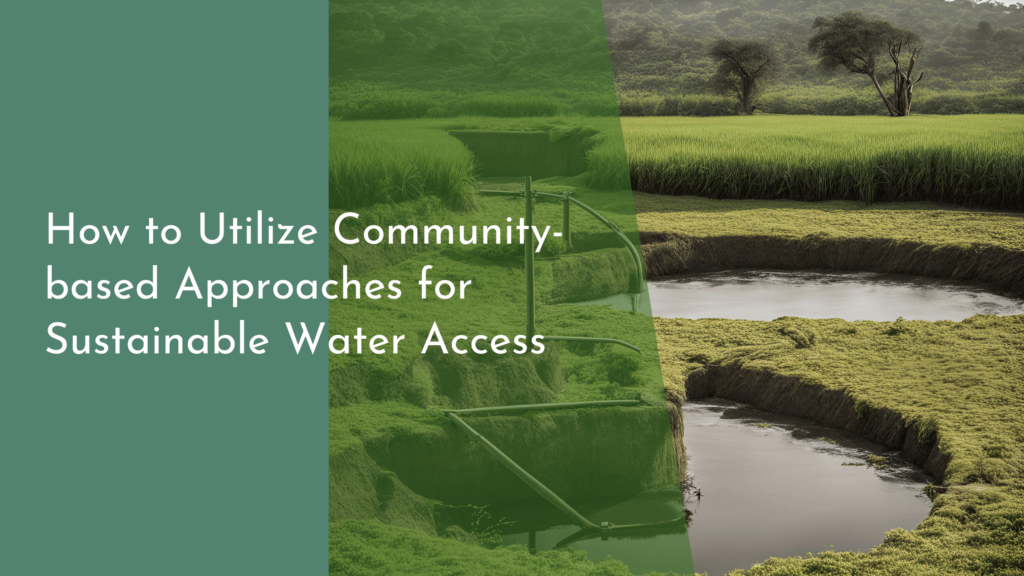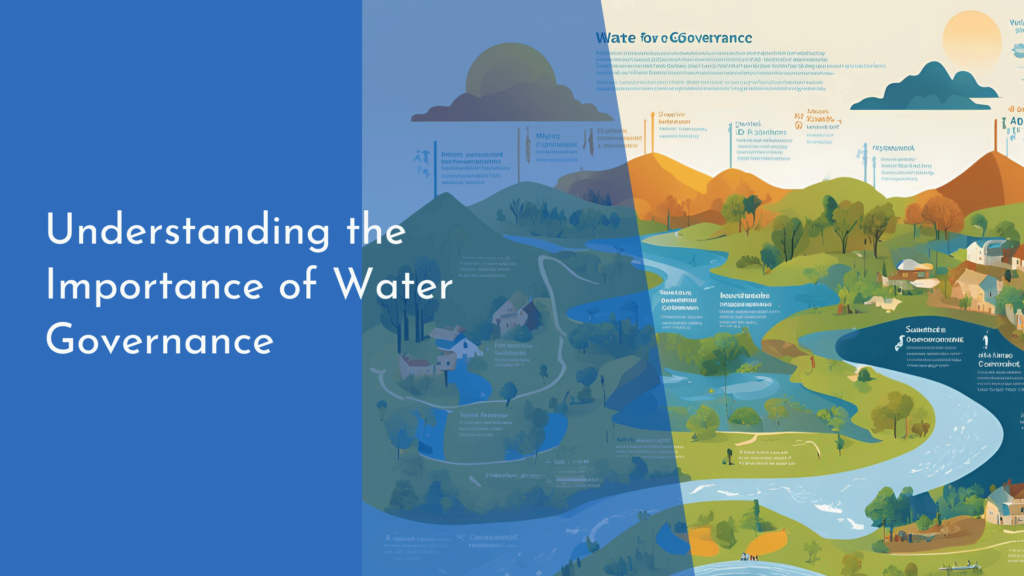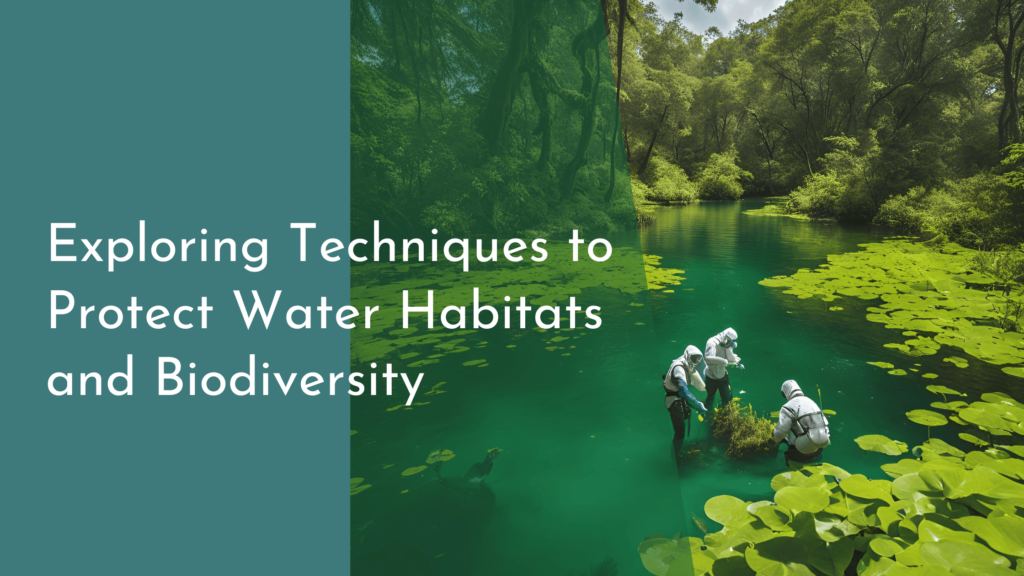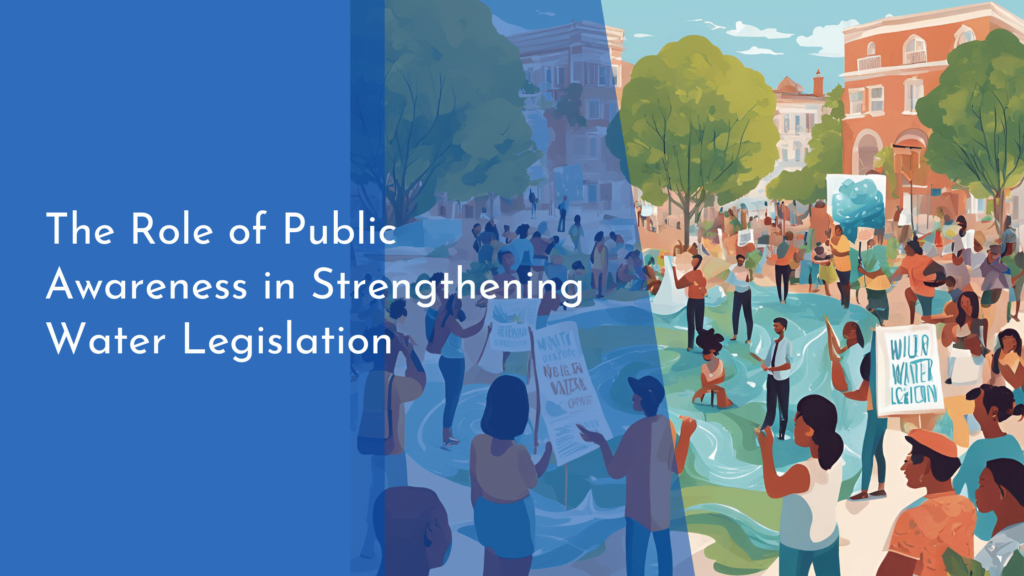How to Foster a Multisectoral Approach to Water Sustainability
Water sustainability is a critical issue that affects every sector of society, from agriculture and industry to public health and environmental preservation. The complexity and interconnectedness of water resources demand a multisectoral approach, where diverse stakeholders unite to create comprehensive solutions. In this article, we explore how to foster such collaboration effectively, identifying key players and strategies while also learning how to measure success and celebrate achievements.
Understanding the Need for Collaboration
Water issues are multifaceted, often involving a mix of social, economic, and environmental factors. As such, a collaborative approach is essential to address these challenges holistically. No single entity can tackle water sustainability alone; instead, governments, businesses, NGOs, and communities must work in harmony to develop integrated solutions. This shared responsibility ensures that water resources are managed efficiently and equitably, benefiting all stakeholders involved. By combining expertise and resources, multisectoral collaborations amplify the impact of sustainability initiatives, leading to more robust and resilient outcomes.
Moreover, water challenges are inherently global, transcending geographical and political boundaries. For example, river basins often span multiple countries, requiring international cooperation to manage shared resources effectively. By fostering collaboration across sectors and nations, stakeholders can leverage collective knowledge and innovation to tackle water issues more effectively. This partnership-driven mindset not only addresses immediate water concerns but also contributes to long-term water security and sustainability.
Identifying Key Stakeholders and Partners
Identifying key stakeholders and partners is a crucial first step in fostering a multisectoral approach to water sustainability. Stakeholders typically include governmental bodies, private sector companies, academic institutions, non-governmental organizations, and local communities. Each of these entities brings unique perspectives, resources, and expertise to the table. Governments can provide regulatory frameworks and public policy support, while businesses can offer technological innovations and financial investments. NGOs often have deep community ties and can drive grassroots engagement, whereas academia contributes research and analytical insights.
To build a successful coalition, it’s essential to map out the interests, strengths, and potential contributions of each stakeholder. Engaging with diverse partners can help identify shared goals and establish a foundation for trust-based relationships. Open communication and transparency are key to ensuring that every stakeholder’s voice is heard and valued. By creating a comprehensive stakeholder map, organizations can strategically engage partners, aligning their efforts toward common objectives and maximizing the impact of their collective action.
Strategies for Effective Multisectoral Engagement
Establishing clear communication channels is a fundamental strategy for effective multisectoral engagement. Regular meetings, digital collaboration platforms, and workshops can facilitate dialogue and information-sharing among stakeholders. These interactions help build mutual understanding, enabling partners to align their efforts and avoid duplicated work. Developing a shared vision and common language around water sustainability ensures that all parties are working towards the same objectives, fostering a sense of ownership and commitment.
Another strategy is to implement joint projects and initiatives that leverage the strengths of each sector. By co-designing and co-executing projects, stakeholders can pool resources, share risks, and benefit from collective problem-solving. Such collaborations not only enhance project outcomes but also deepen relationships between partners, fostering a culture of trust and cooperation. Additionally, engaging stakeholders in policy advocacy and public awareness campaigns can amplify the reach and impact of sustainability efforts, encouraging broader societal engagement.
Measuring Success and Celebrating Achievements
To measure the success of a multisectoral approach to water sustainability, it’s important to establish clear metrics and indicators from the outset. These can include quantitative measures, such as water consumption reduction or pollution levels, as well as qualitative indicators like stakeholder satisfaction and policy influence. Regular monitoring and evaluation allow stakeholders to track progress, identify areas for improvement, and adjust strategies as needed. Transparent reporting of achievements can also reinforce accountability and maintain stakeholder engagement.
Celebrating achievements is equally vital in sustaining momentum and morale within multisectoral collaborations. Recognizing the contributions of various stakeholders through awards, case studies, and public recognition can foster a sense of pride and accomplishment. This not only motivates continued participation but also highlights successful models that can be replicated or scaled. By showcasing the tangible impacts of collaboration, stakeholders can inspire others to join the movement toward water sustainability, building a broader coalition of support.
Final Thoughts
Fostering a multisectoral approach to water sustainability is a dynamic and ongoing process that brings together diverse partners in pursuit of a common goal. Through effective collaboration, stakeholder engagement, and strategic planning, we can address water challenges more comprehensively and equitably. By measuring and celebrating our achievements, we strengthen our commitment to this vital cause, ensuring that water resources are preserved for future generations. Let’s continue to work together, harnessing the power of collective action to create a sustainable and water-secure world.

